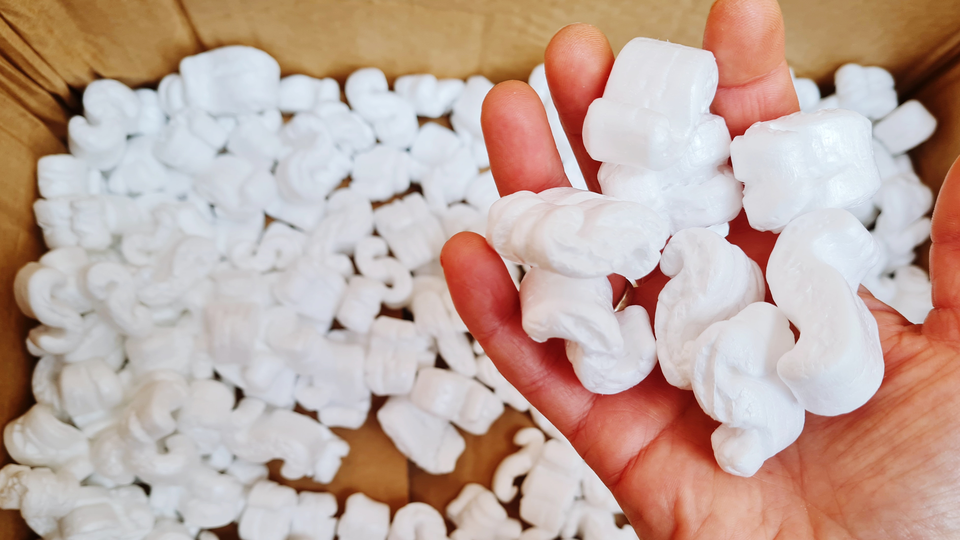
Circular economy in a non-toxic environment
Based on scientifically sound methods, IVL can offer you help and advice on the way to increased circularity by assessing the hazard of substances in products and waste that are to be reused or recycled.
Demand for recycled materials increases when more companies want to move towards a more circular economy. Today, there is a shortage of recycled materials that meet the quality requirements. Obstacles and challenges to achieving a circular economy include not knowing the content of hazardous substances in the material to be recycled and therefore not being able to assess the risk of impact on the environment and human health.
IVL's experts can help your municipality, your company or your organization based on your conditions to get a better idea of the content of products and waste and give concrete advice and tips on how you can move towards a more circular economy.
We help you with:
- Mapping of hazardous / undesirable substances in products and waste, both based on existing data but also based on analyzes in the lab
- Prioritization for substitution of hazardous substances
- Development of concrete measures and guidance to achieve increased circularity by assessing hazardous substances in waste.
- Development of tools for assessing the suitability for recycling and reuse of materials and products that may contain hazardous substances. For example, through LCA based advice to compare different materials or alternatives.
- Help develop a chemicals strategy by identifying, assessing and prioritizing the substances that could be present in products or waste.
- Help identify opportunities to move towards more closed cycles and increase traceability of materials. Here we work e.g. with the development of circular circuits for industrial plastics and Big Bags
